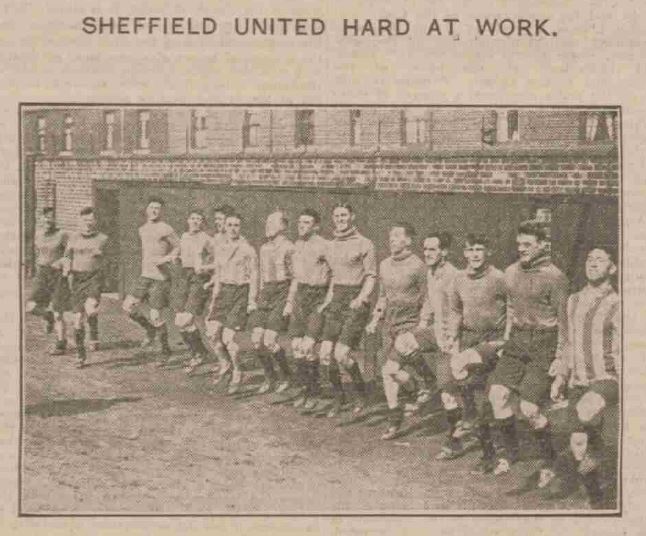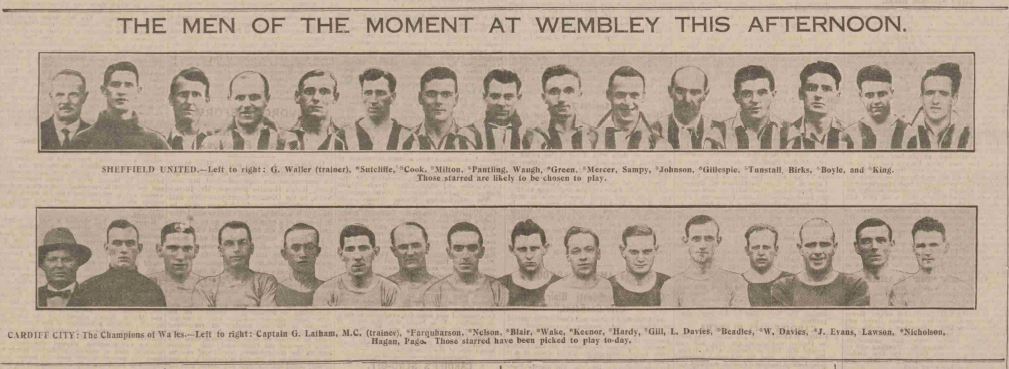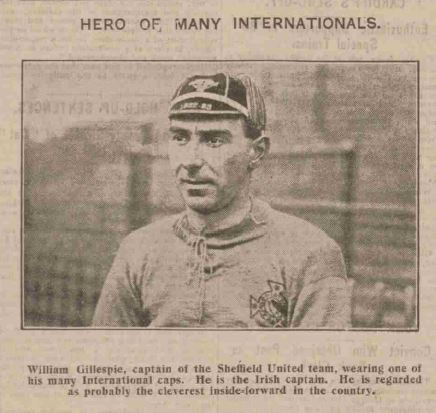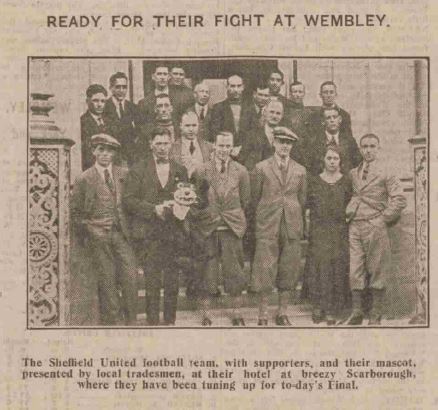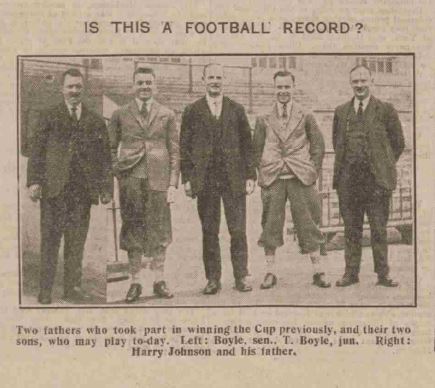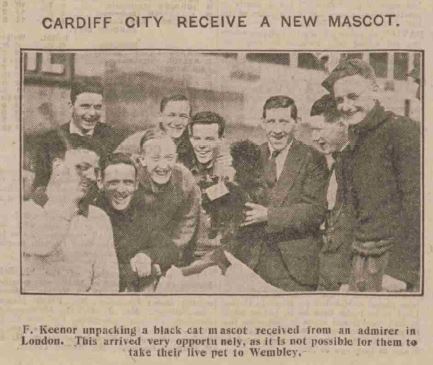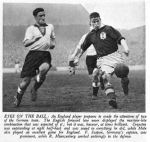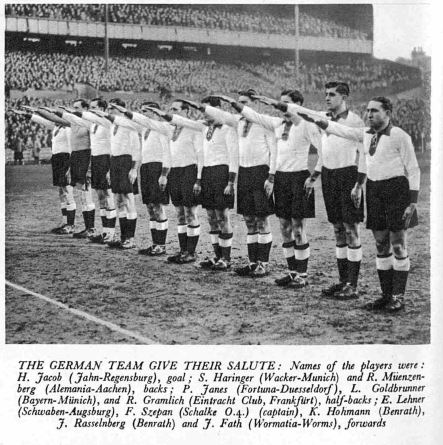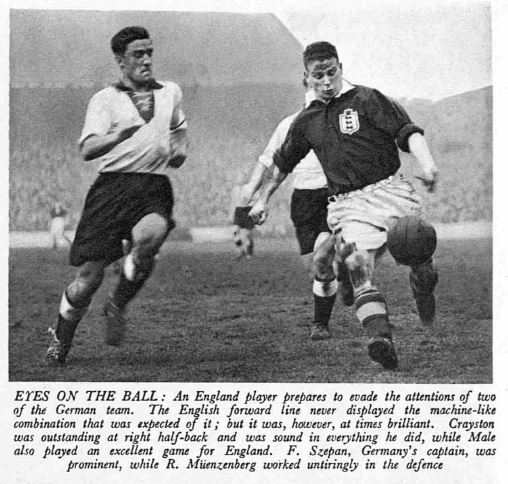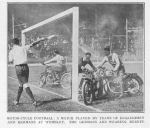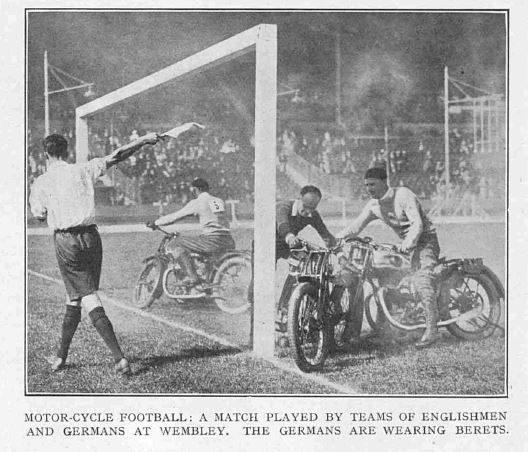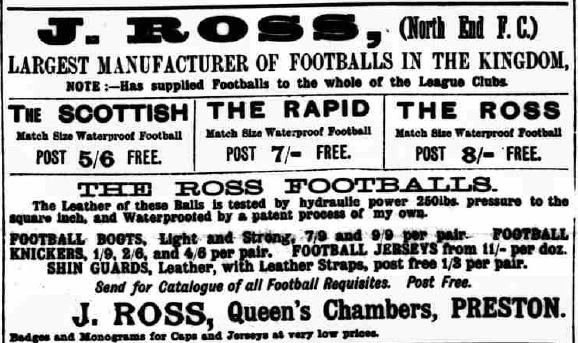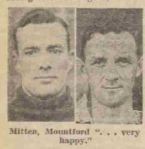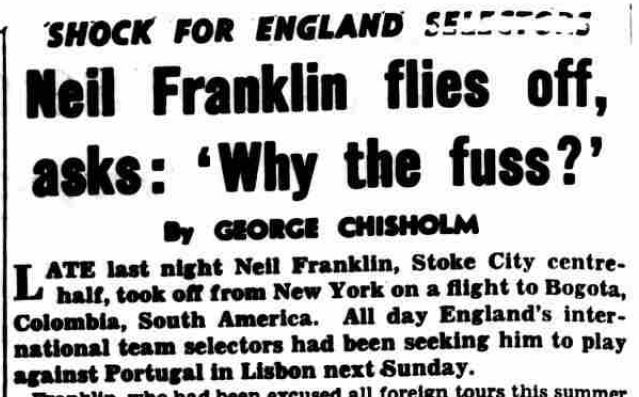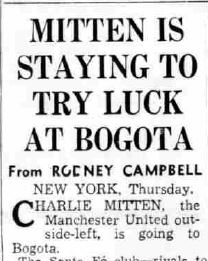
The penalty kick has become the centre of much controversy at the Women’s World Cup in France this summer. There has been a small change in the penalty kick law in that a goalkeeper must keep one foot on the line when the penalty is taken, and this rule has been enforced with VAR.
The last major change to the penalty kick law occurred in 1905, and it was this date when goalkeepers were forced to stay on their line when the penalty kick was taken. Before the summer of 1905 keepers were allowed to stand on their six yard line.
Contemporary reports suggest that around a half of all penalties were scored and it was felt that the infringements that led to penalties weren’t punished enough if a mere 50% of these led to goals. Therefore goalkeepers were ordered back to their goal line.
A rather annoyed reader wrote to Athletic News in April 1905
Mr J. E. McCann of Manchester is much alarmed at the proposal to alter the penalty law by prohibiting the goalkeeper from coming out to the six yards line when the kick is taken. “If this rule is altered he says, “it will be to the detriment of the game, as we shall have goals from the penalty-kicks nine times out of ten which, I think is utterly unfair to the goalkeeper when the foul takes place on the outside edge of the area. The best and shortest way to settle the point is to order the penalty-kick to be taken where the foul occurs, and if anyone other than the goalkeeper fist the ball out, a goal shall count.”
Athletic News, April 1905
One brilliant story from the era comes from Billy Meredith, a man who famously played with a toothpick in his mouth. He was one of the first superstars of football and played over 300 games for both Manchester City and Manchester United. He was an excellent goalscorer but was an expert at penalties.
Meredith had a unique way of scoring penalties and in the final season before the law change he was prolific.
Meredith’s penalty kicking is worth noting. When the goalkeeper could advance he took no fewer than 14 spot-kicks and never missed once, but he never once hit a shot – he simply lobbed the ball over the goalkeeper’s head.
Liverpool Echo, Thursday 4th October 1923
Meredith was a maverick and had a unique way of taking penalties as this excerpt from the Birmingham Daily Gazette demonstrates.
W. Meredith took it, according to my correspondent, in the following fashion – “Meredith prepared to take the kick by placing the ball on his toe and balancing it with his fingers, and immediately he got the signal from the referee he released his fingers and lifted the ball over the goalkeeper’s head.”
Birmingham Gazette, 16th February 1905
Also to prove that the rule-makers like to stop our fun it was also in 1905 that the drop ball law was changed. Before 1905 the ball was thrown up, rather than down at the ground.
Excerpts from the excellent British Newspaper Archive.




